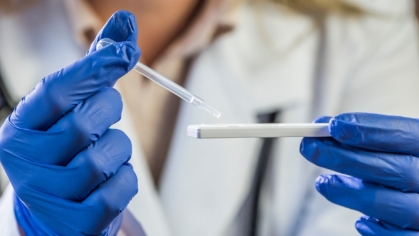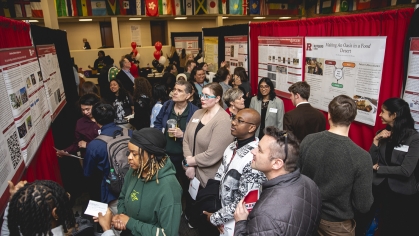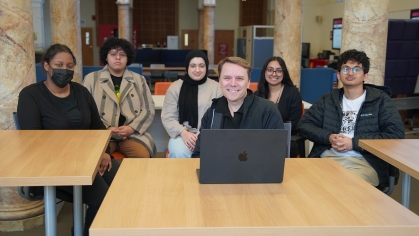Additional Student Loan Debt Cancellations Needed, Says Sociologist
In the flurry of actions that President Joe Biden has taken thus far, more than $2 billion in student loan debt has been canceled. One billion was waived for 72,000 borrowers who attended schools that engaged in deceptive or illegal practices or closed abruptly, and $1.3 billion was canceled for 41,000 borrowers who are permanently disabled.
“These cancellations will absolutely make a real difference in the lives of those affected,” says Joan Maya Mazelis, an associate professor of sociology at Rutgers University–Camden.
However, cautions the Rutgers–Camden researcher, this combined $2.3 billion is only 0.1% of the $1.7 trillion of outstanding student loan debt.
“It’s over 110,000 people, but only 0.2% of the 45 million student loan borrowers,” she notes.
Mazelis says that it is clear the loan forgiveness and cancellations that Biden has implemented so far have been targeted, making it less controversial in some ways.
“It’s understandable, since it’s to help people who are in specific and proportionally unusual circumstances,” she says.
Mazelis believes that Americans will see additional cancellations, but it may take some time. She notes that the most recent stimulus package does make student loan forgiveness tax-free through the end of 2025 – and that’s a big deal.
“If people had to pay taxes on loans forgiven as if the amount forgiven were income, they could owe thousands of dollars they wouldn’t have,” she says.

Mazelis believes that Americans will see additional cancellations, but it may take some time.
Beyond additional student debt cancellations, she believes there is also a real possibility of some changes to how student loan debt accumulates in the first place, in terms of reducing college costs and restoring government funding.
“After all, student loan debt has ballooned in recent decades in part because of declining state investments in public education,” she says.
Mazelis and Arielle Kuperberg, an associate professor of sociology at the University of North Carolina at Greensboro, received a National Science Foundation (NSF) grant to examine the variations in impacts of student loans on the lives of college graduates.
They issued a brief report detailing their findings, as well as published a paper, titled “Social Norms and Expectations about Student Loans and Family Formation,” in the journal Sociological Inquiry.
Their collaborative project, “A New Class Divide: Student Loans and the Transition to Adulthood,” looks in particular at the Bridging the Gap program, which aims to reduce the need for student loans among Rutgers University–Camden students.
“Given the potential impacts of the COVID-19 crisis on college students and graduates in the coming months and years, issues of debt and inequality will be more important than ever to investigate,” she says.
The researchers explain that more than two-thirds of college graduates have an average of $30,000 in student debt. Student debt levels rose 25% between 2008 and 2014, driven by state governments’ declining investments in higher education. Rising tuition and living costs nationwide require the majority of students to rely on loans, in the hopes of increasing their future earnings enough to pay off their debt. Some universities, including Rutgers–Camden, have implemented tuition-reduction programs to reduce loans for students.
The scholars also note that research shows persistent class differences for students seeking loans, with this group disproportionately comprised of Black students and women. This stratification in educational and post-college experience due to student loan obligations may undermine public universities’ missions to provide pathways to upward mobility.


